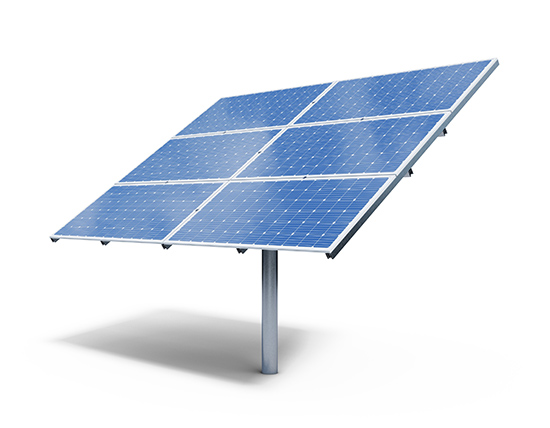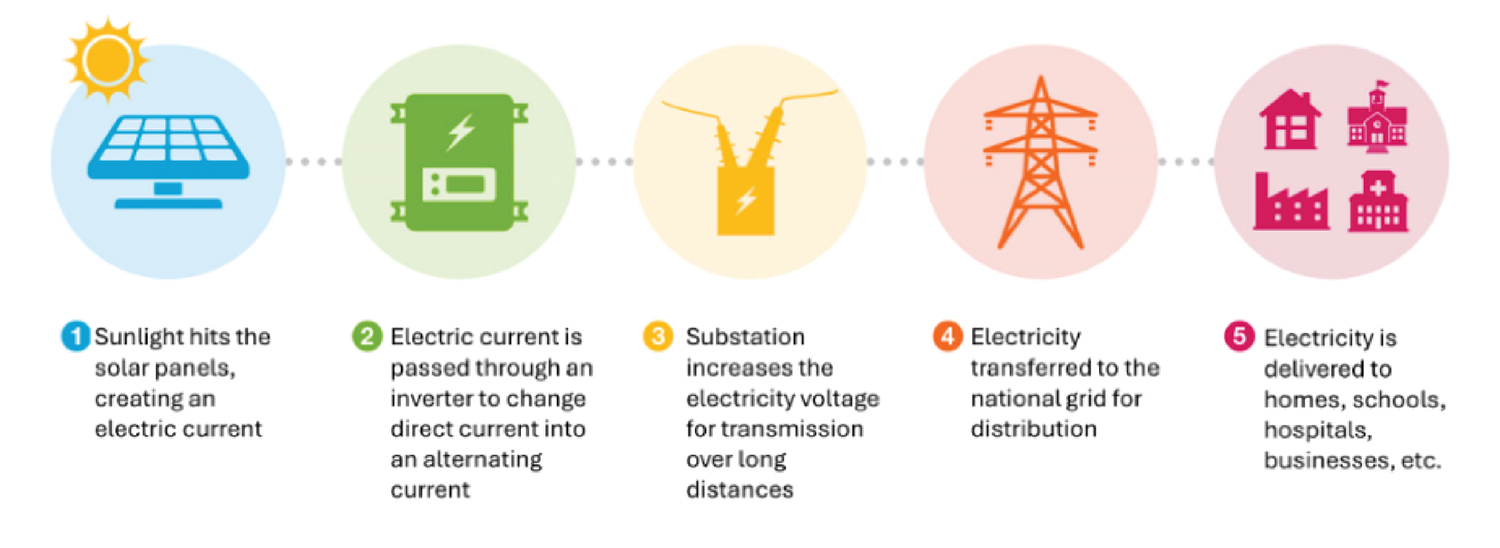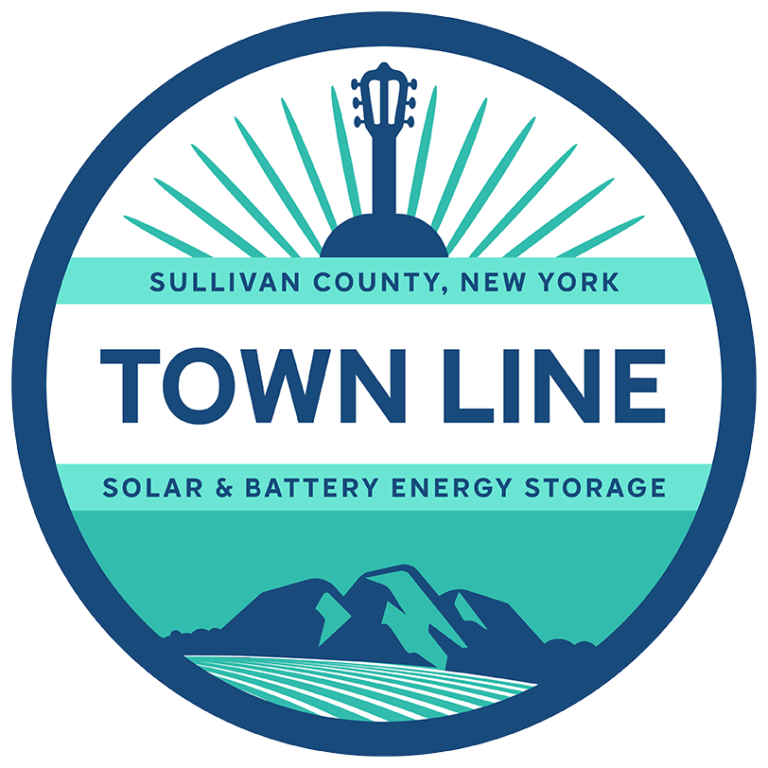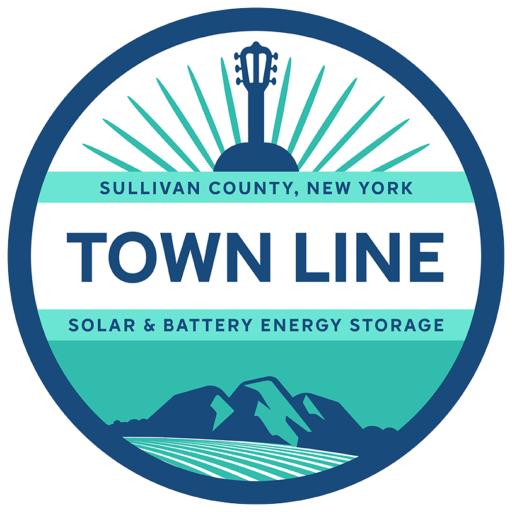How Solar Panels Work
A solar panel is made of a thin solar cell, usually made of silicon, encased in a sturdy glass and a hermetically sealed metal frame to optimize performance and prevent environmental externalities. Energy from sunlight is absorbed by the solar cells and transformed into electricity. This electricity flows through inverters and transformers before being sent to a substation and to the power grid.


Benefits of Solar
- Each kilowatt-hour (kWh) of solar generated substantially reduces pollution such as greenhouse gas emissions that include carbon dioxide, sulfur oxides, nitrogen oxides and particulates.
- Reduced dependence on fossil fuels advances energy independence and reduces our dependence on foreign energy sources.
- No fuel is burned and no water is used, preserving natural resources.
- Helps protect people, wildlife, natural resources and the environment.


